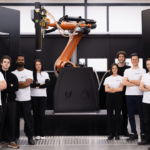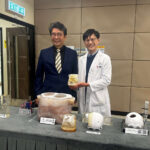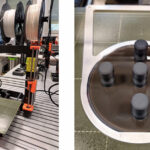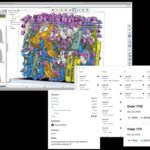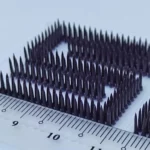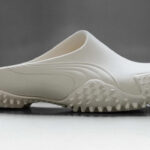Researchers from the University of Glasgow have made a significant breakthrough in the development of self-sensing materials, which can detect changes in their own shape or state. These materials, produced through 3D printing, could have transformative applications in sectors like aerospace, automotive, and civil engineering. Led by Professor Shanmugam Kumar from the University’s James Watt School of Engineering, the research holds promise for enhancing safety and performance in critical infrastructure and transportation systems.
Smart Materials for Real-Time Monitoring
The self-sensing material developed in the study has the unique ability to detect changes in its structure through shifts in electrical current. This technology allows materials to monitor their own integrity in real-time, meaning they can identify faults or damages long before they lead to serious failures. This advancement could revolutionize industries by enabling continuous monitoring of structures such as aircraft, vehicles, bridges, and buildings. By utilizing these materials, it would be possible to detect potential issues early and take preventive action, improving both safety and maintenance efficiency.
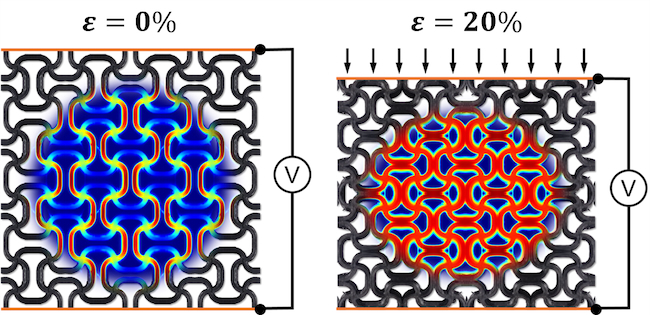
3D Printing as a Key Enabler
The team’s innovation lies in combining 3D printing with carbon nanotube technology to create piezoresistive materials capable of sensing internal stresses. 3D printing, or additive manufacturing, allows for the creation of complex, lightweight structures that are finely tuned for strength and stiffness. By embedding carbon nanotubes within the material, the researchers were able to enable electrical conductivity, allowing the material to sense its own structural condition through changes in electrical resistance.
Professor Kumar noted that this self-sensing capability could significantly reduce the need for additional hardware, as the material itself would be able to monitor its own performance. “Imparting piezoresistive behavior to 3D-printed cellular materials gives them the ability to monitor their own performance without any additional hardware,” he said.
Potential for Future Applications
This research offers an exciting glimpse into the future of smart materials. Beyond aerospace and automotive sectors, civil engineering could also benefit greatly from the development of these self-sensing materials. Continuous real-time monitoring of infrastructure such as bridges and tunnels could prevent major failures by alerting engineers to structural issues long before they become critical.
Moreover, the ability of these materials to sense and respond to damage could open new doors in fields like robotics, where real-time structural monitoring would ensure safer and more efficient operations. There is even potential for applications in military settings, where body armor equipped with self-sensing materials could provide soldiers with instant feedback on the condition of their protective gear.
A New Approach to Material Design
One of the most notable aspects of the research is its comprehensive system for predicting how self-sensing materials will behave under stress. The team used sophisticated computer modeling and finite element analysis to predict the behavior of 3D-printed materials. These predictions were validated through real-world tests, demonstrating the accuracy of the models.
“This system enables the modeling of 3D-printed materials across multiple scales and incorporates multiple types of physics,” explained Professor Kumar. The breakthrough could enable future researchers and engineers to design new self-sensing materials more efficiently, reducing the need for trial and error in the development process.
Unlocking New Possibilities in Additive Manufacturing
The implications of this research are vast, potentially transforming industries where safety, maintenance, and real-time monitoring are critical. As the field of additive manufacturing continues to grow, the ability to incorporate smart, self-sensing materials into new designs could lead to safer, more efficient, and more resilient structures.
Looking ahead, the team’s work could inspire further exploration into self-sensing materials, opening up new possibilities for autonomous sensing architected materials. By leveraging this groundbreaking research, industries across the globe may soon be able to harness the power of 3D printing to create materials that can think, feel, and respond to their environment in real time.
Source: gla.ac.uk


